 |
||
|
||
| ||
A lot of time have passed since our second publication. Your e-mails and comments allowed us to choose the optimal candidates for the third testing. We realize that you are willing to get such tests more often. We will do our best to shorten the time intervals between publications, but you should remember that the processing of the results obtained is a laborious and time-taking process. Besides, some are complaining that there are no conclusion in the end. I understand that lack of the summary entails additional temporal and financial expenses for you. First because you have to compare all data and find a rational disc for your budget. And secondly because the Internet is not free for many of you, while the solid printouts of the CDCATS test station take a lot of online time to be downloaded. But still, we won't make any conclusions, though it is possible that some comments might appear with time, but now, when we haven't enough information, we can't be sure that XXX discs based on YYY matrix are suitable only as decoration, and the ZZZ competitor will help you to save your data for a long time. The majority of users prefer the cheapest discs, it is usually media based on a cyanine active recordable layer produced on a base of SMS Magnetics, Ritek and 4M matrices. The quality of such discs are usually poor and rarely gives acceptable results even at speeds not higher than 4X. The majority of users haven't yet come across such situations when a recorded disc would lose its capability of reliable reading. There is another category of users who prefer more reliable discs at a middle price. Usually they are discs on a phthalocyanine active layer based on Plasmon, 4M, Ritek, and other matrices. But the middle price doesn't always imply middle (acceptable) quality. And a few prefer discs of such companies as Sony, HP, Verbatim (DataLifePlus series), TDK (Reflex series), Kodak, since they know that in the most cases they will find products of Taiyo Yuden, Ricoh and Mitsubishi under these brand-names. Such users are, as a rule, professionals in audio disc recording and value the durability of high quality products from these companies. But, unfortunately, there are not many such people, and the demand on the CD-R market is formed by exactly the first two groups of users. The sellers, therefore, often refuse the expensive and high quality products. That is why the market is now overcrowded with cheap products. Besides, cyanine discs, being of little use for high-speed recording (16X and higher), are also forced out from the market. Ricoh and Mitsui products are actively conquering the market, and new 700 MBytes discs from HP and 650 MBytes CD-R Philips Silver Premium prove it. An attempt of TDK and Sony to squeeze the last drops from the cyanine technology in the form of the release of new discs Reflex ULTRA and CDQ-74N1 will hardly change the alignment of forces in the near future. The results of the test station are not clear without decoding. The samples of test printouts of the CD CATS SA3 station are here. Apart from the results in a graphic form, the tests gives data in a digital form as well. For clarification on the main test parameters refer here. When buying the discs we followed an important, in our opinion, rule: we bought each brand only at one place (in case of lack of the sufficient quantity of discs at one place we bought nothing there). We made an exception only for 700 MBytes CD-R Rostok Media discs, since we ordered them right at the plant. Further, we recorded three discs of each company at 2X, 4X and 8X (for the Plextor PX-W124TSi recorder) and 2X, 4X (for the TEAC CD-W54E drive). Dysan CD-R 700 (slim box)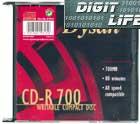 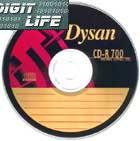 ATIP: 97m 32s 19f
TDK d-view 80 (slim box) 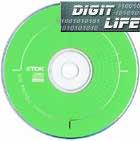 ATIP: 97m 15s 00f
Philips MultiPurpose CD-R 80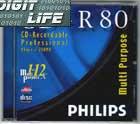 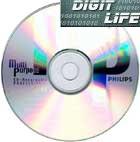 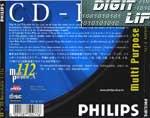 ATIP: 97m 15s 19f
Mirex Silver 700 MBytes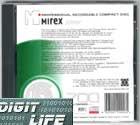  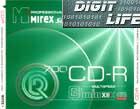 ATIP: 97m 28s 26f
Rostok Media 700 MBytes/80 min 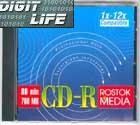 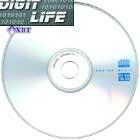 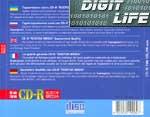 ATIP: 97m 21s 45f
EMTEC/BASF CD-R 80 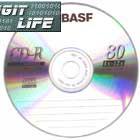  ATIP: 97m 28s 26f
Verbatim DataLifePlus (Metal AZO) 700 MBytes 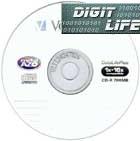 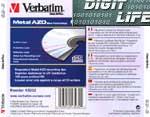 ATIP: 97m 34s 21f
Test resultsThe less the value, the higher the quality of a CD-R. Test results of the discs recorded on the CD-RW drive Plextor W124TSiThe diagrams for the CD-R discs recorded at 2X 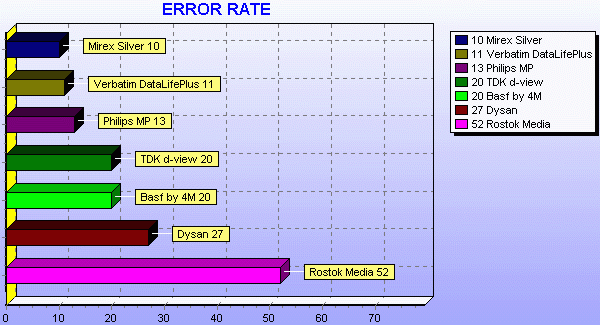 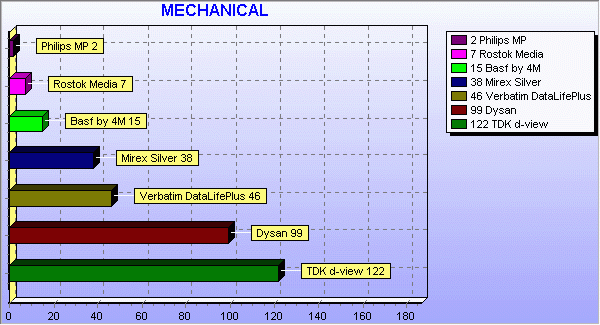 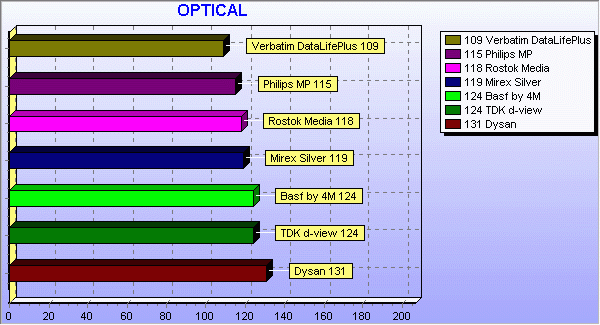 The diagrams for the CD-R discs recorded at 4X 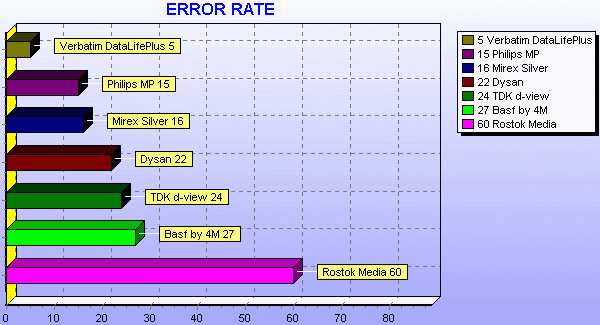 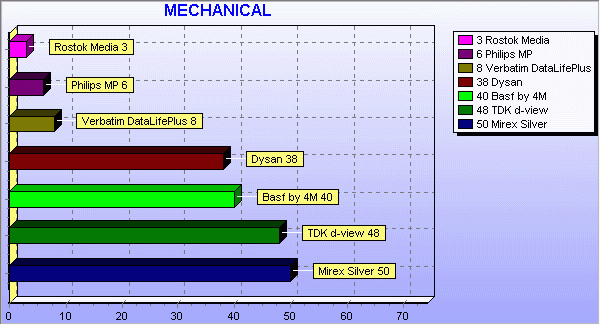 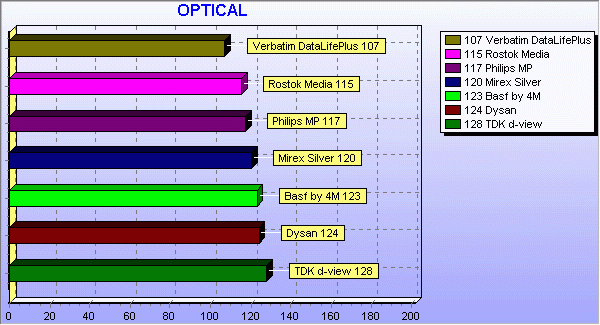 The diagrams for the CD-R discs recorded at 8X  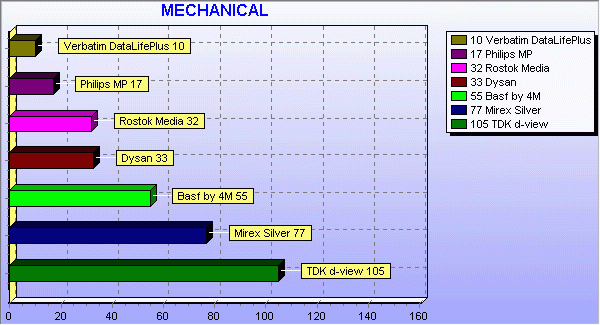 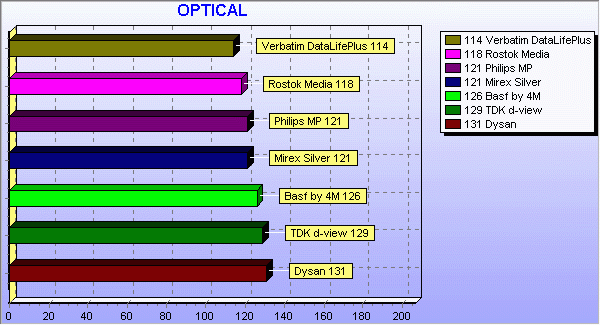 Test results of the discs recorded on the CD-RW drive TEAC CD-W54EThe diagrams for the CD-R discs recorded at 2X 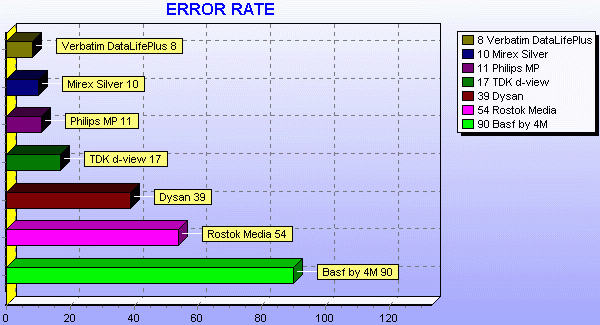 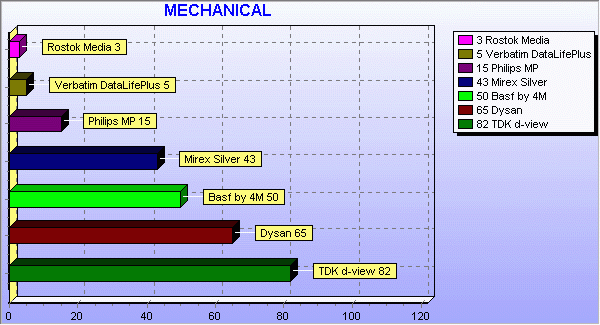  The diagrams for the CD-R discs recorded at 4X 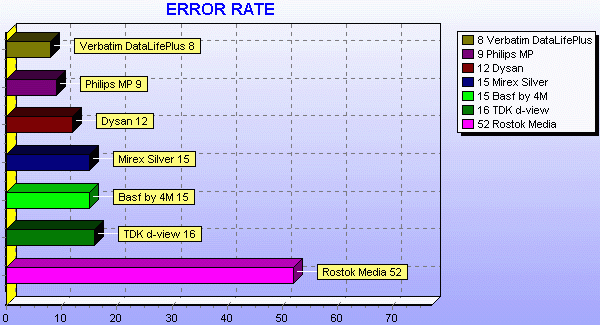 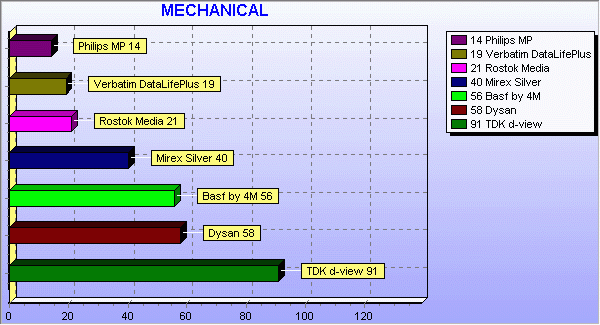 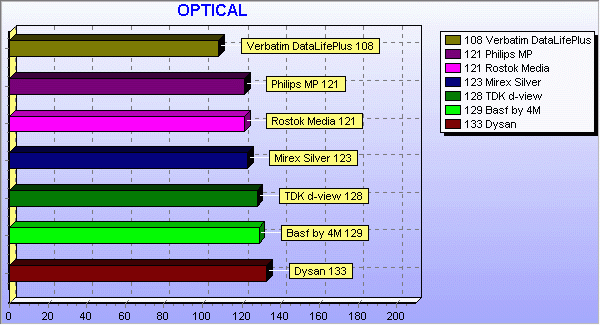 The calculation procedure is shown here.
For the source data refer here
(the Plextor W124TSi recorder) and here
(the TEAC CD-W54E recorder).
Write a comment below. No registration needed!
|
Platform · Video · Multimedia · Mobile · Other || About us & Privacy policy · Twitter · Facebook Copyright © Byrds Research & Publishing, Ltd., 1997–2011. All rights reserved. |